The Perfect Imperfections. 5 x 7 tintype I’m three years…
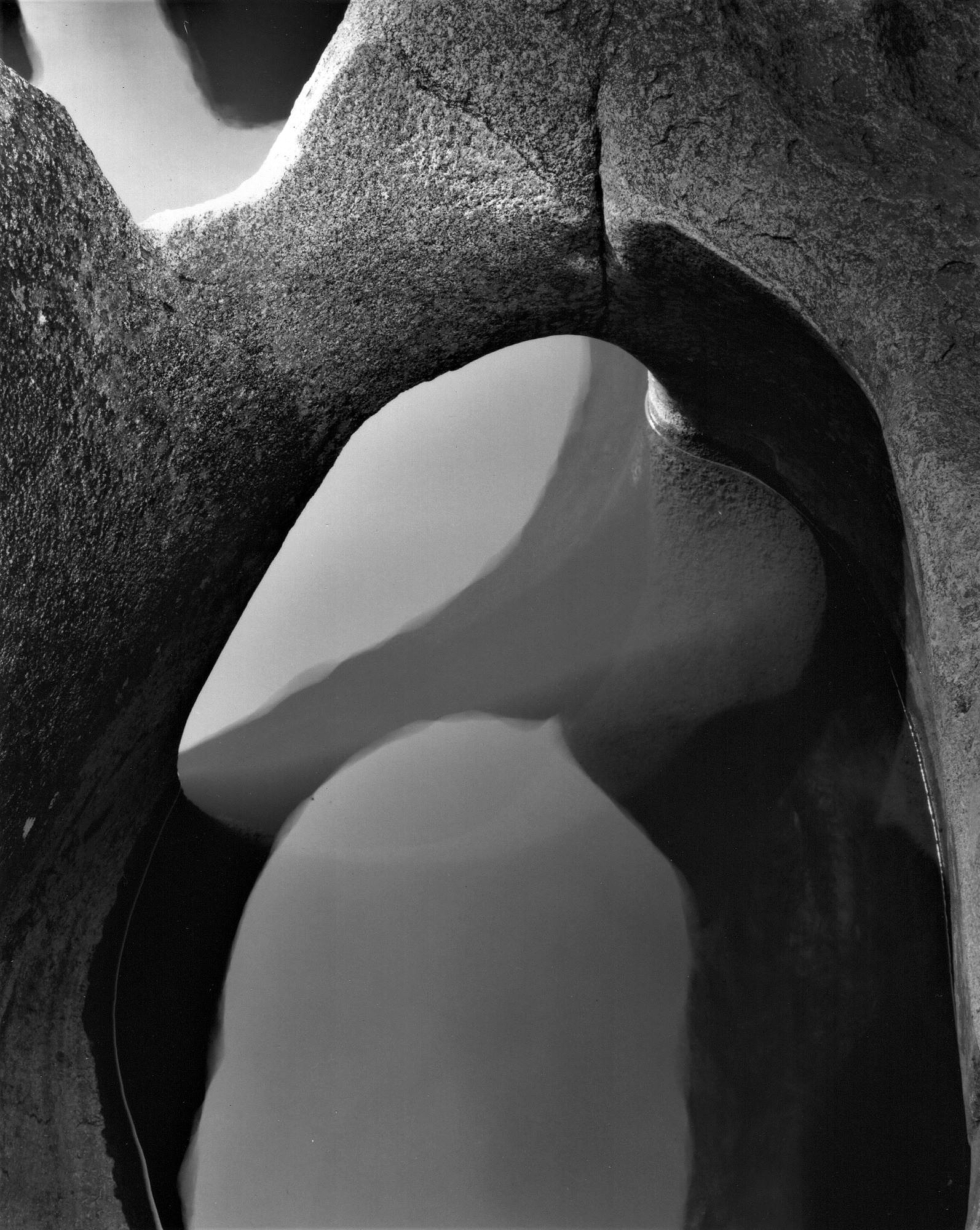
Granite Smoothie – Murray White
If David Tatnall is not editing another article for View Camera Australia right now, you might find him behind his 4 x 5 at The Cascades. How do I know that? Well I don’t really, but it’s certainly a possibility, as it was he who originally told me about this wonderful location, and even I have been back on several occasions since then; such is the strength of its endearing nature. And I hope he won’t mind if we tell others about it.
The Cascades is situated on the Coliban River, just out of the locality of Metcalfe, and barely 100 kilometres or so NW of Melbourne. It is protected by a small Nature Conservation Reserve providing only informal parking, no facilities and just a couple of picnic tables. However what the reserve lacks in infrastructure is more than compensated for by a landscape known to relatively few for its eccentric geology and dynamic water behaviours.
The photographs presented here do not even begin to illustrate the diversity of natural features that could interest a large format photographer. As its name suggests, in times of abundance The Cascades is witness to a show of eye catching and gymnastic manoeuvres, as the Coliban waters twist and bounce through a rocky choke perhaps 100 metres long and of variable width. Its granite bedrock is peppered with potholes and time scalloped ski jumps, sending water on a frantic race over falls, slides and bubbling backwash.
Even during times of reduced water flow, there is still much of interest for photographers with organic rock sculptures, unpredictable light play and a lovely stand of resident redgums. Unlike other more popular destinations, there are no defined points of interest here, leaving camera enthusiasts to find their own subject material in a way that encourages individual vision. Informal pathways follow the river bank to a number of potential viewpoints. I was able to both cross the river and keep dry on one occasion, by rock hopping and carefully avoiding the slippery moss and lichen stained patina.
Water flow at The Cascades is variable and not necessarily only dependant on local rain events for increased levels, as planned catchment releases also play into its demeanour. The Coliban headwaters gather near Trentham before tracing their 80 kilometre rural meander via three regulated reservoirs, to finally merge with the Campaspe River at Lake Eppaloch.
Walking from the carpark to the water’s edge is short and relatively easy permitting those with bulky equipment to find a suitable viewpoint. I have used my Mamiya 7, 4 x 5 view camera and even racked out the bellows of an 8 x 10 here on one occasion. In fact given this location’s remarkable geology and atmosphere, and despite its somewhat hidden public presence, it is amazing just how accessible this destination really is.
Many more similarly featured destinations can be found across Australia, but very few can be reached with the convenience of The Cascades. Other Victorian alternatives like those at the Grampians and Murrindindi for example are equally photogenic, but you will have to walk for longer and may need to stand in line before setting up the tripod.
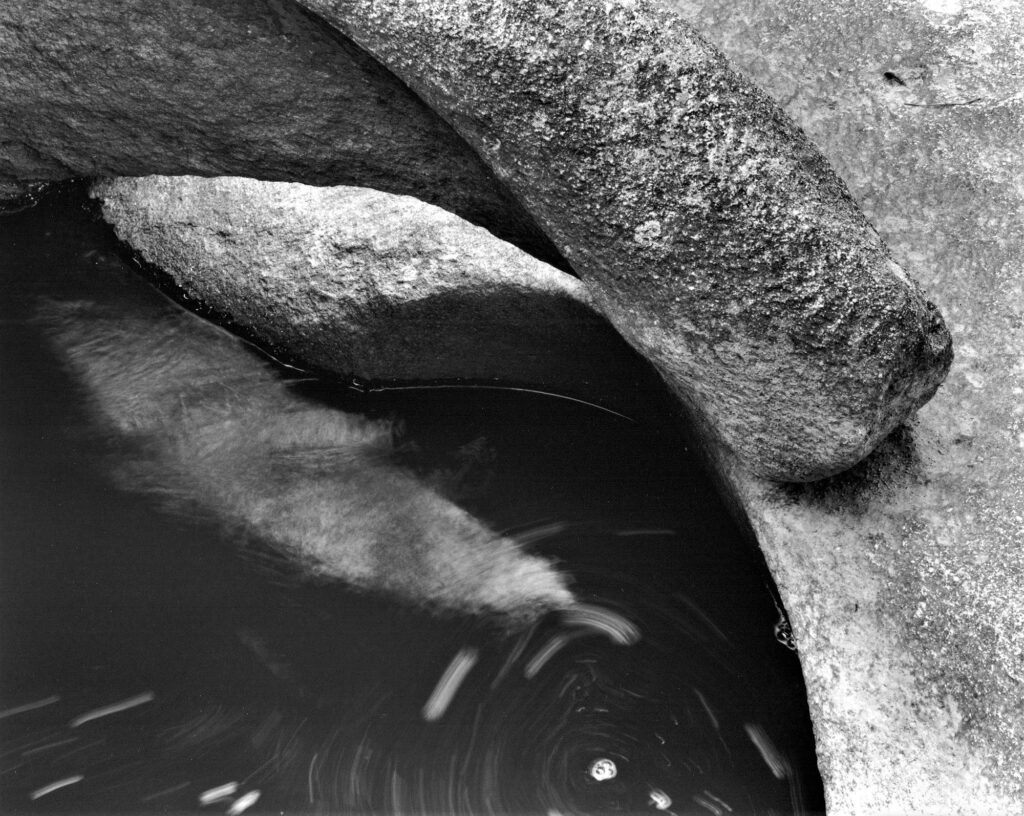
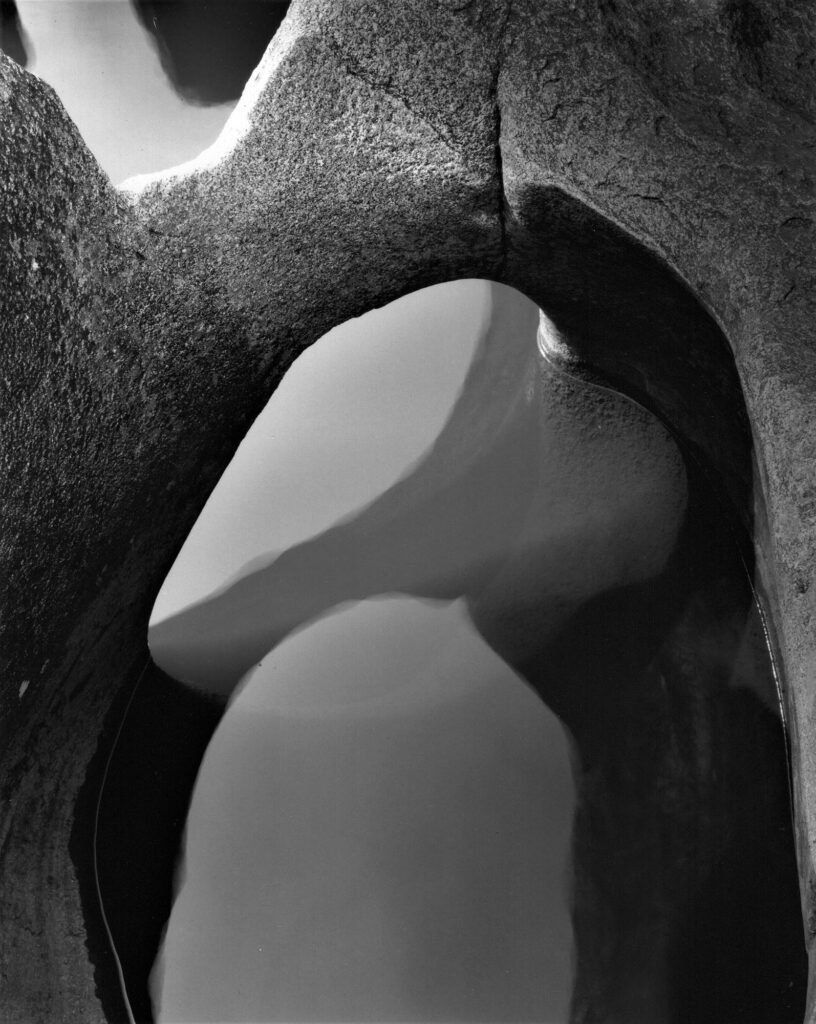
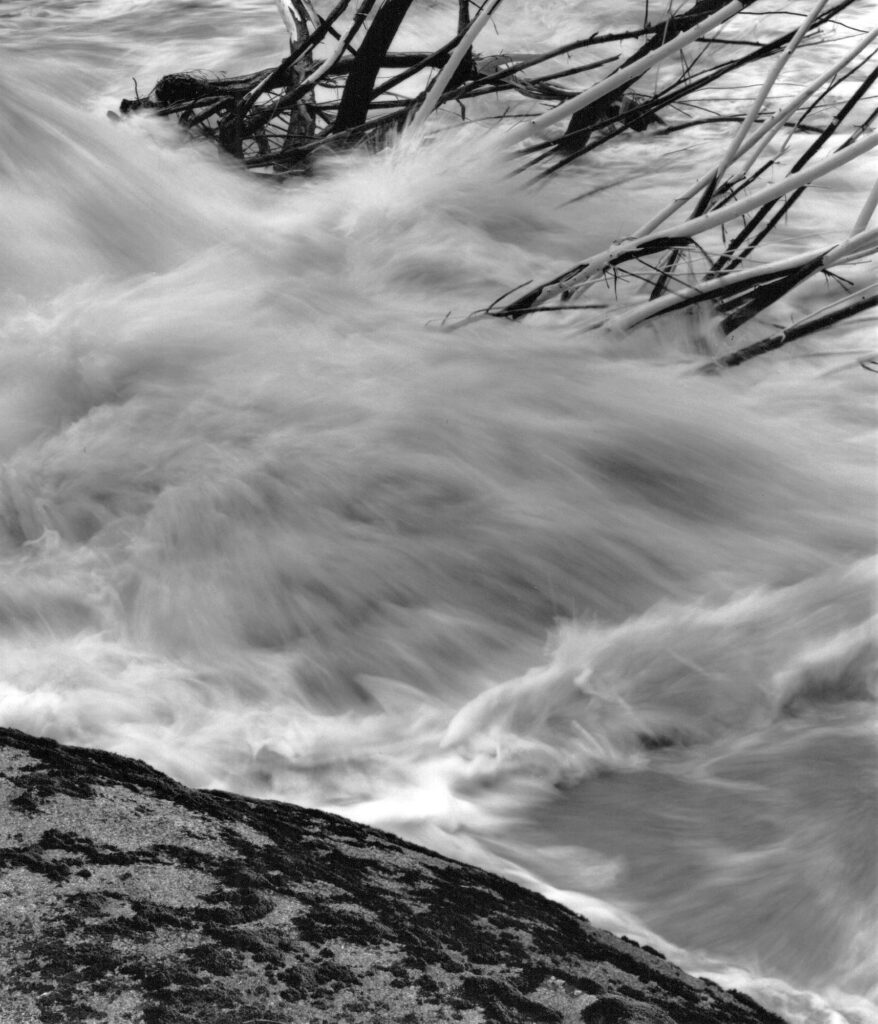
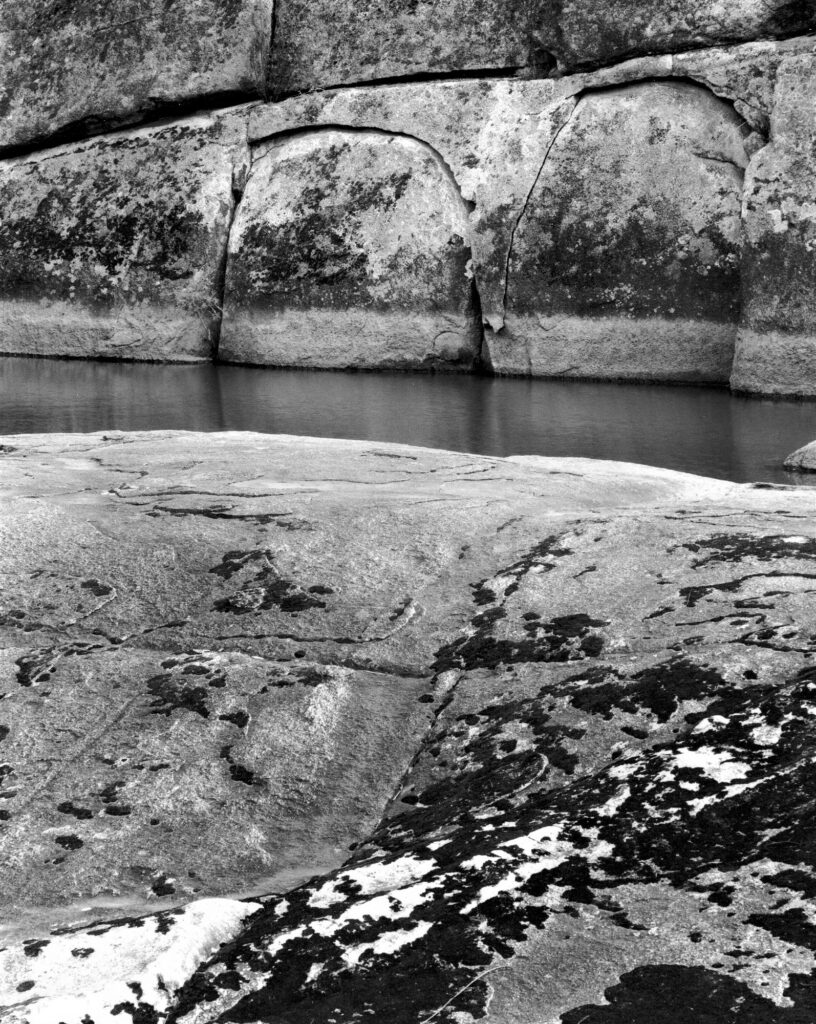
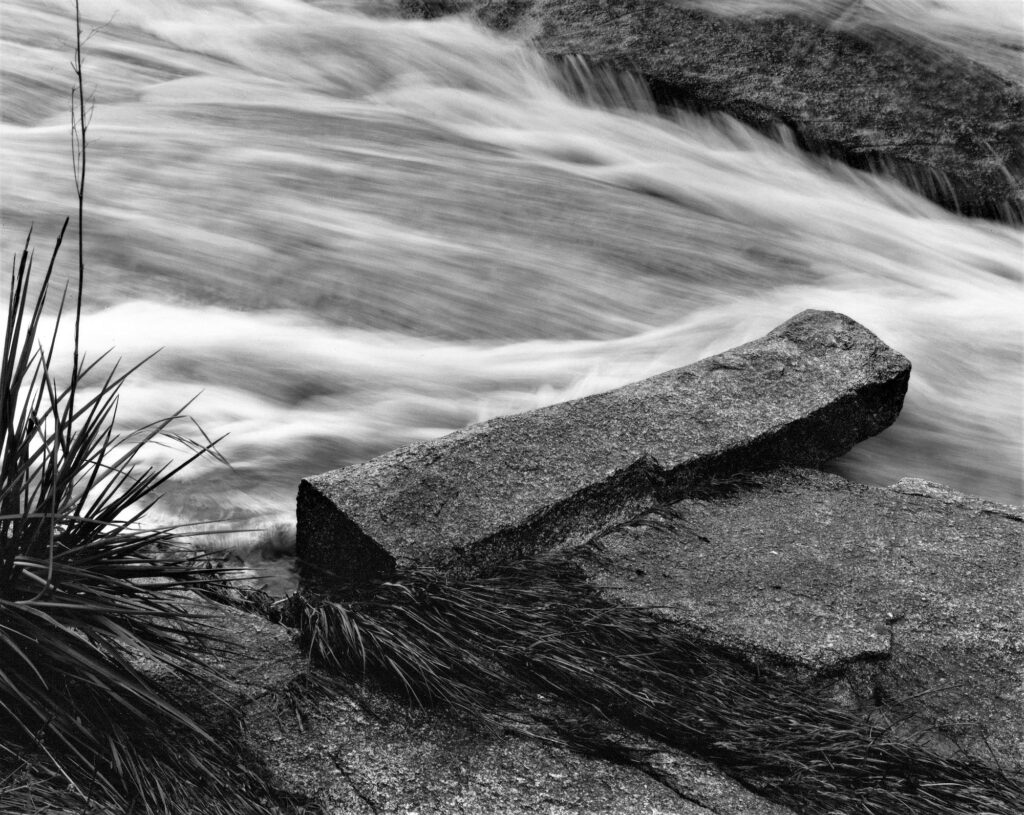
Next Post: Call for entries: Head On Awards
Previous Post: The Photograph Considered number forty nine – Mark Darragh


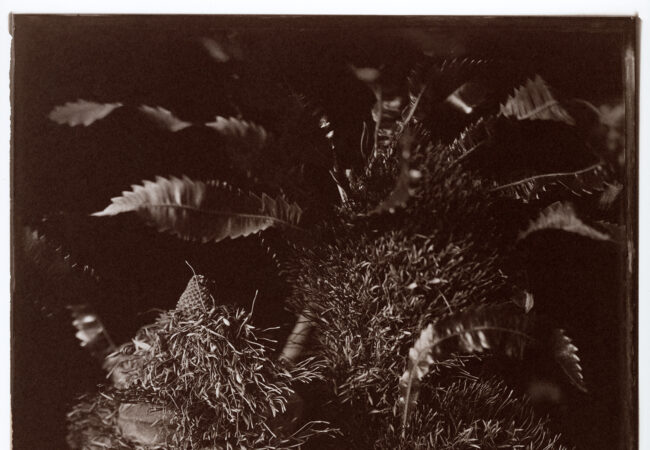
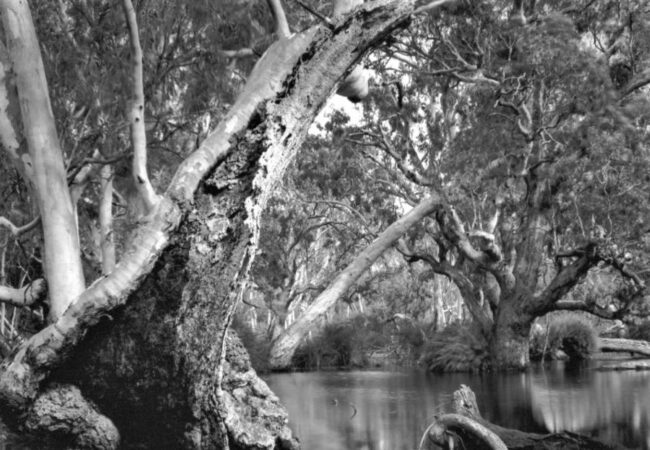
Great spot, but not a quite spot over the Easter weekend ..
Shane, it is a great spot. Unfortunately getting really popular. Best avoided on weekends, school and public holidays…